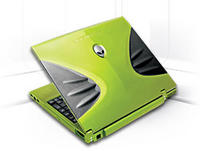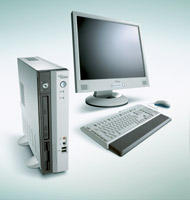
The President of India, Dr. A. P. J. Abdul Kalam, in one of the speech during the opening ceremony of International Institute of Information Technology in the University city of Pune, India said "We were discussing the future challenges in information technology, including the issues related to software security, I made a point that we look for open-source codes so that we can easily introduce the users built security algorithms. Our discussions became difficult, since our views were different." This was the in the context to the conversation he had with the Microsoft Chairman Bill Gates.
Microsoft has become an increasingly harsh critic of the open-source model, in which the underlying code for software is freely shared for users to modify and distribute, saying the approach is risky and undermines innovation. The open-source Linux operating system has become a growing threat to the dominance of Microsoft's Windows.
Microsoft has become an increasingly harsh critic of the open-source model, in which the underlying code for software is freely shared for users to modify and distribute, saying the approach is risky and undermines innovation. The open-source Linux operating system has become a growing threat to the dominance of Microsoft's Windows.
"The most unfortunate thing is that India still seems to believe in proprietary solutions," he said in the speech. "Further spread of IT, which is influencing the daily life of individuals, would have a devastating effect on the lives of society due to any small shift in the business practice involving these proprietary solutions. It is precisely for these reasons open-source software needs to be built, which would be cost-effective for the entire society. In India, open-source code software will have to come and stay in a big way for the benefit of our billion people."


